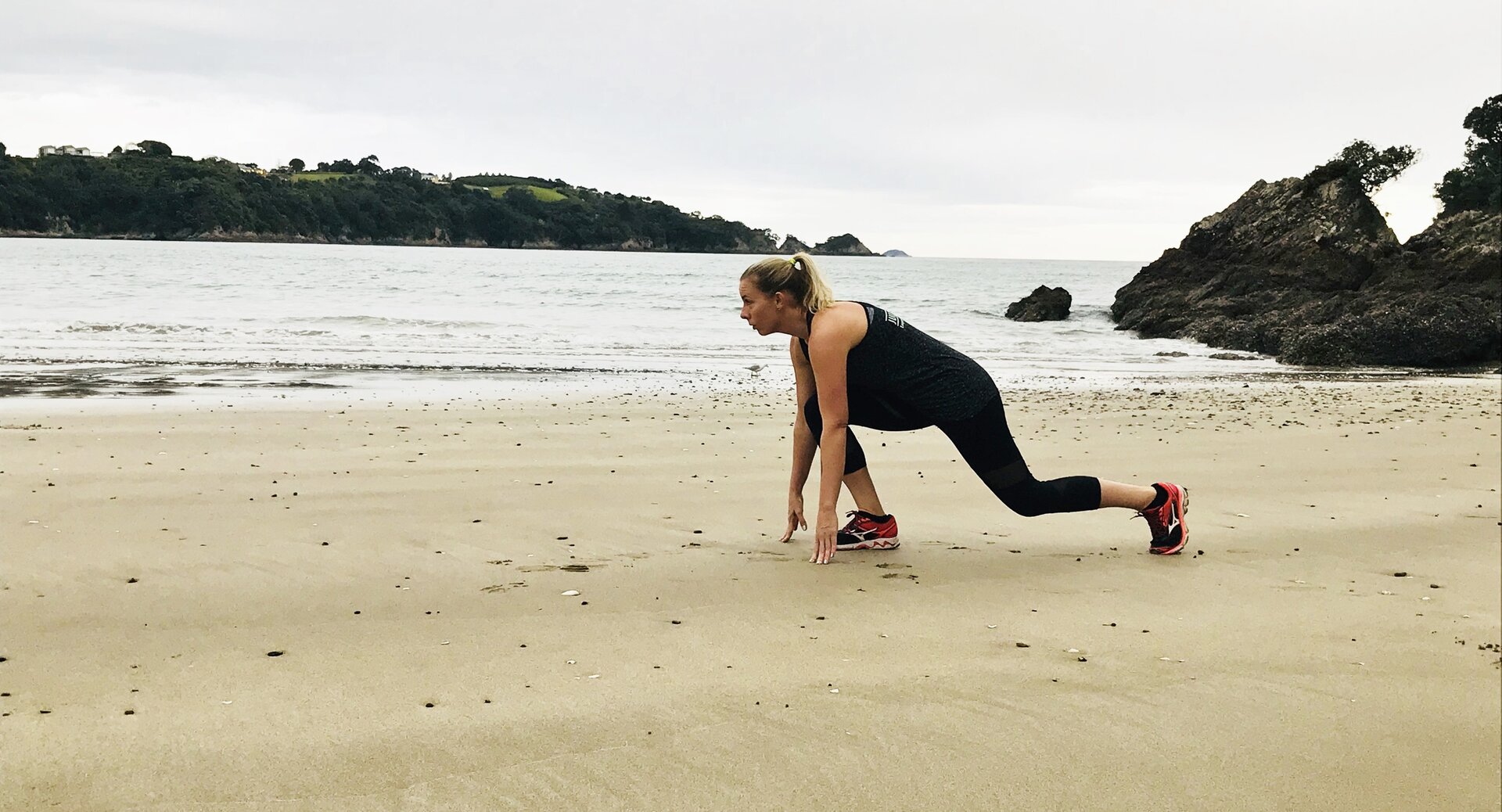Do YOU have Lazy Glutes?
I am seeing this more and more with my clients, so I thought it was relevant to talk about today. There are many names for this problem including gluteus medius tendinosis, gluteal amnesia, dead butt syndrome and my favourite, lazy glutes.
Chances are, you’ve heard how sitting all day is bad for your heart (and waistline). Turns out, sitting also causes big problems for your butt. It’s a very real condition and pretty prevalent these days, thanks to our sedentary lifestyles and jobs that tie us to a desk or driver’s seat from 9 to 5 (if not longer). When you sit a lot, the hip flexor gets shortened and tighter, which leads to the butt muscles not firing or working as optimally as they should.
Because of the less than perfect posture most of us have when we're sitting—shoulders slumped, lower back rounded, core disengaged—it's very possible to go all day long without activating your glutes.
Unfortunately, no one’s immune to this condition, even if you work out frequently. Surprisingly it can also affect active people, especially runners and cyclists as these forms of exercise don't "switch on the glutes" but they do overuse the more dominate hip flexor and quad muscles at the front of the pelvis.
If your glutes don't do their job correctly, the rest of your body may pay for it.
To explain it further, the gluteal muscles are a group of three muscles which make up the buttocks: the gluteus maximus, gluteus medius and gluteus minimus. They help power us through so many activities, from walking and carrying heavy things, to performing both cardio and strength exercises. Lazy Glutes develop when the gluteus medius—one of the three main muscles in the booty—stops firing correctly.
Lazy glutes itself shouldn't cause you any pain, but over time, if left untreated, weak glutes could contribute to other strains.
When your glutes lose strength, other muscle groups in your back and lower body are forced to take on the extra work to compensate, setting you up for issues such as lower back, hip, or knee pain, hamstring strain, poor posture, problems with balance, lower leg pain and being prone to injury. Lazy glutes can lead to many muscle imbalances throughout your body as these body parts try to do the work of your inactive booty.
If you think you may have lazy glutes, think about including exercises that target the glutes from all angles into your lifestyle. One key to keep in mind for all glute work: Focus on driving from your heels (not the ball of the foot), which helps fully activate your maximus, the biggest and strongest part of the butt.
Glute bridges are a super simple and effective way to reactivate your glutes, which you can level up with one-legged bridges or by placing a resistance band around your thighs. In addition to bridges, working on the smaller gluteal-targeting moves such as doggie lift, clams, donkey kicks, side leg lifts, lying roof kicks and planks after every cardio workout.
Incorporate lower-body exercises like deadlifts, squats, and lunges into your strength training routine, too. Just remember, to help target your glutes even more effectively: “Squeeze your butt like you're holding a million-dollar check between your cheeks—you wouldn’t want to drop that!”
Some other benefits for activating your Glutes include walking and running stronger and for longer, increase your speed, power and strength, protecting your knees, hamstrings and lower back also making them look oh-so-sculpted, toned and sexy!
No time to work out? “You can treat lazy glutes outside the gym, too. During the workday, get up and walk around occasionally, even better walk up a hill focusing on squeezing your butt (it can help your quads out too).
You can also work your glutes (secretly!) literally anywhere: Stand tall, and tuck your tailbone and flex your glutes as hard as you can for five counts. Release, then repeat 10 times.
Finally, don’t forget about the foam roller. Rolling out your hip flexors and IT band, down the side of the leg, can help release the myofascial tissues that support your muscles and bones which can get knotted and painful.
So my message to you all, one part of the body that needs to be worked on, is your Glute muscle group. Because… no one ever wrote a song about a small arse.



